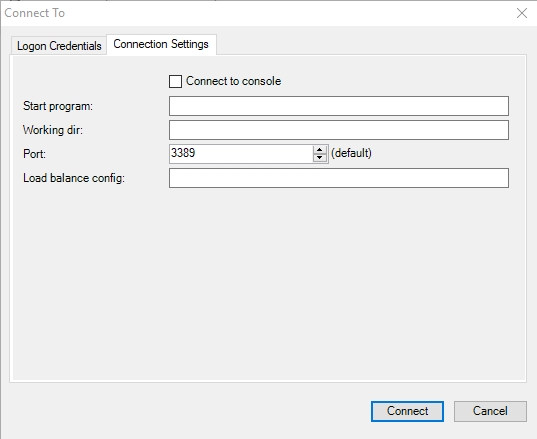


One of the discussions you see online a lot if you should store passwords in the Remote Desktop Connection Manager or not. I have more than 50 connection in my remote desktop connection manager and I shared the connection file with my colleague, so keeping the connections ordered is a must. But creating a folder structure, based on location or device type really helps finding the right connection fast. When you start using the application you might be temped to just save the connections in one folder. Using a Remote Desktop ManagerĮvery remote desktop manager supports using folders to create a structure. Having all these tools in one application makes it really easy to manage your servers and network. It also supports other comment protocols, like SSH, Telnet and VNC. A remote desktop manager stores the connection information and allows you to open multiple connections.Ī good remote desktop manager does not only allow you to store and manage RDP connections. If you need to manage a lot of servers and/or network devices then a good remote desktop connection manager can make your work a lot easier.


 0 kommentar(er)
0 kommentar(er)
